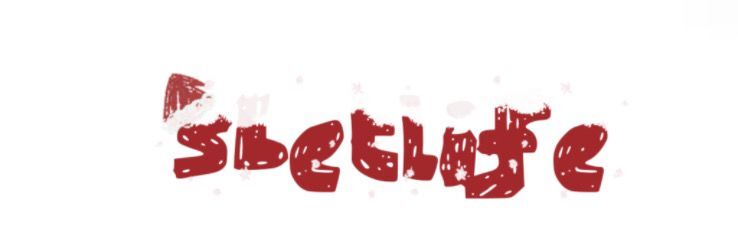Washable Markers vs. Traditional Markers: Which Reigns Supreme?
When it comes to coloring, crafting, or simply having fun with art, markers are a staple in many households and classrooms. However, not all markers are created equal. Two popular options are washable markers and traditional markers. Each has its unique features and benefits that cater to different needs. Let’s dive into the key differences between these two types of markers and determine which one comes out on top.
Contact us to discuss your requirements of Washable Marker Manufacturer. Our experienced sales team can help you identify the options that best suit your needs.
Understanding Washable Markers
What Are Washable Markers?
Washable markers are specifically designed for easy cleanup. Their ink is water-based, which means they can be wiped off surfaces like skin, clothing, and walls with minimal effort. These markers are perfect for younger artists or individuals prone to accidents.
Advantages of Washable Markers
Easy Cleanup: One of the main selling points of washable markers is their convenience. Parents love them because they can be removed from skin and most fabrics without leaving a stain. This makes them an ideal choice for kids’ projects.
Safe for Children: Generally, washable markers are non-toxic and safe for use, making them suitable for young children. This emphasis on safety is crucial in educational settings.
Variety of Colors: Manufacturers often produce washable markers in vibrant colors, ensuring that artistic expression isn’t limited. Children can explore their creativity without sacrificing quality or color variety.
Disadvantages of Washable Markers
Color Fastness: While the colors are bright, they may not be as long-lasting as traditional markers. In certain cases, they can fade over time or with exposure to water.
Performance on Different Surfaces: Washable markers perform best on paper. For other surfaces, like canvas or cardboard, their effectiveness can decline.
Exploring Traditional Markers
What Are Traditional Markers?
Traditional markers, often oil-based or permanent, have been a staple in art supplies for ages. They come in a variety of forms, including fine-tipped, chisel-tipped, and brush-tipped options, catering to various artistic styles and needs.
Advantages of Traditional Markers
Durability: Traditional markers tend to produce long-lasting artwork. The colors usually maintain their brightness and integrity, making them ideal for projects intended to last.
IERS are exported all over the world and different industries with quality first. Our belief is to provide our customers with more and better high value-added products. Let's create a better future together.
Versatility: These markers can be used on a variety of surfaces—from paper to plastic and metal. Artists appreciate the flexibility these markers offer, allowing for diverse creative expressions.
Rich Pigmentation: Many traditional markers offer richer, more saturated colors. This depth can enhance artwork, making it more visually appealing.
Disadvantages of Traditional Markers
Difficult Cleanup: As the name suggests, traditional markers often leave behind permanent marks, making them more challenging to remove from hands, clothes, and surfaces.
Toxic Components: Some traditional markers contain chemicals that may not be suitable for children. It’s crucial for parents and educators to check the labels for safety information before use.
Which One Should You Choose?
Consider Your Audience
When deciding between washable and traditional markers, consider who will be using them. For young children or casual crafters, washable markers might be the safer and more convenient choice. However, for artists looking to create lasting pieces, traditional markers could be preferable.
Think About Your Projects
The type of projects you plan to undertake can also guide your choice. If you’re working on crafts or quick sketches, washable markers offer ease of use. But for detailed artwork or professional projects, the longevity and vibrancy of traditional markers shine.
Budget and Availability
Cost and availability can also influence your decision. Washable markers are often more budget-friendly, especially for classroom supplies. Traditional markers, while sometimes pricier, may provide a superior experience for serious artists.
Conclusion
Both washable markers and traditional markers have their unique strengths and weaknesses. Washable markers excel in convenience and safety, especially for younger users, while traditional markers boast durability and versatility for artists. Ultimately, the choice between the two depends on your needs, your audience, and the artistic effects you wish to achieve. Whether you’re doodling or crafting a masterpiece, understanding the distinctions can enhance your creative journey.
For more information, please visit IERS.


Comments
0